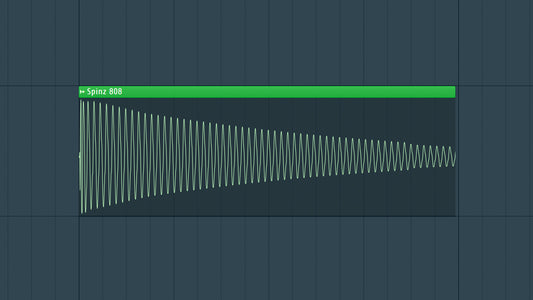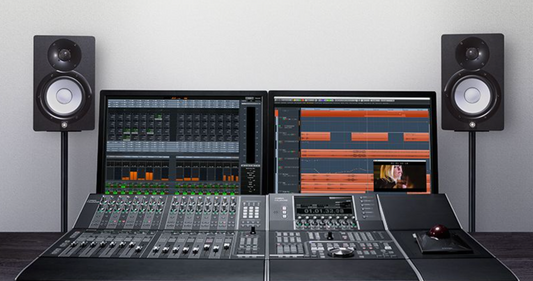Introduction:
In the 15 years I have produced music, one tool has helped me more than the rest, enhancing the dynamics and shaping the overall sound—compression. This technique has been a secret weapon in the arsenal of producers for decades, allowing them to bring out the best in every element of a mix. In this blog post, we'll dive into the world of compression, exploring its fundamental principles, creative applications, and the transformative impact it can have on your music.

Understanding Compression:
At its core, compression is a dynamic range control tool that regulates the volume of audio signals. By reducing the dynamic range—the difference between the loudest and softest parts of a sound—compression ensures a more consistent and polished sound. Think of it as a musical safety net, preventing certain elements from getting lost in the mix while taming unruly peaks.
Key Parameters:
To harness the power of compression effectively, it's crucial to grasp the key parameters involved:
- Threshold: The level at which compression begins to take effect. Signals exceeding this threshold will be compressed.
- Ratio: Determines the extent of compression applied once the signal surpasses the threshold. A 4:1 ratio, for example, means that for every 4 dB above the threshold, only 1 dB will be allowed through.
- Attack: Dictates how quickly compression is applied once the threshold is breached. A faster attack is suitable for taming transients, while a slower attack allows some initial transient impact to pass through.
- Release: Controls how quickly compression stops after the signal falls below the threshold. A shorter release time can maintain a tight sound, while a longer release lets more of the natural dynamics through.

Creative Compression Techniques:
Beyond mere level control, compression can be an artistic tool, adding character and enhancing musicality. Consider these creative applications:
- Parallel Compression: Blend a heavily compressed signal with the original, retaining the dynamics while adding weight and sustain.
- Sidechain Compression: Create rhythmic effects by triggering compression on one track based on the input from another. Commonly used in dance music to make the kick drum "pump" the mix.
- Multiband Compression: Divide the frequency spectrum into bands and apply compression independently to each. Ideal for addressing specific frequency issues without affecting the entire mix.
- New Perspectives on Dynamics: Experiment with unconventional compression techniques, such as using compression as an instrument itself or applying extreme settings for unique sonic textures.
The Transformative Impact:
When used carefully, compression can elevate a mix from good to extraordinary. It enhances clarity, ensures a more uniform listening experience, and brings out the nuances of each element. However, like any powerful tool, moderation is key. Overcompression can lead to a lifeless, unnatural sound, so it's crucial to strike a balance that serves the musical intent.
Conclusion:
In the dynamic world of music production, compression emerges as a true sonic alchemist, capable of shaping and refining the auditory experience. By understanding its principles, experimenting with creative applications, and appreciating its transformative impact, producers can harness the full potential of compression to unlock the hidden depths of their music. So, embrace the art of compression and let your sonic landscapes flourish with newfound clarity and expression.




